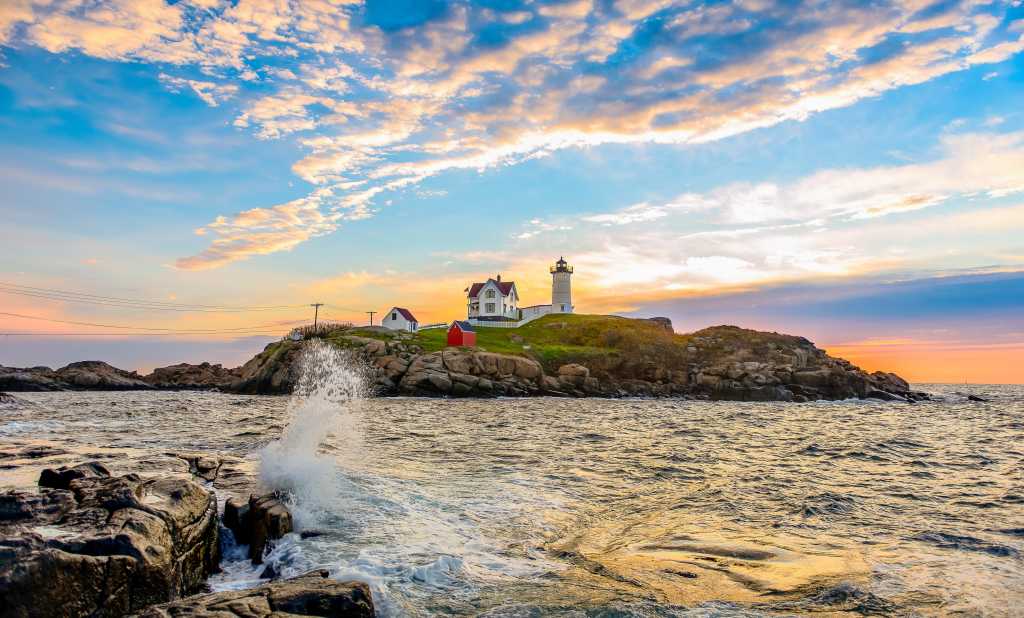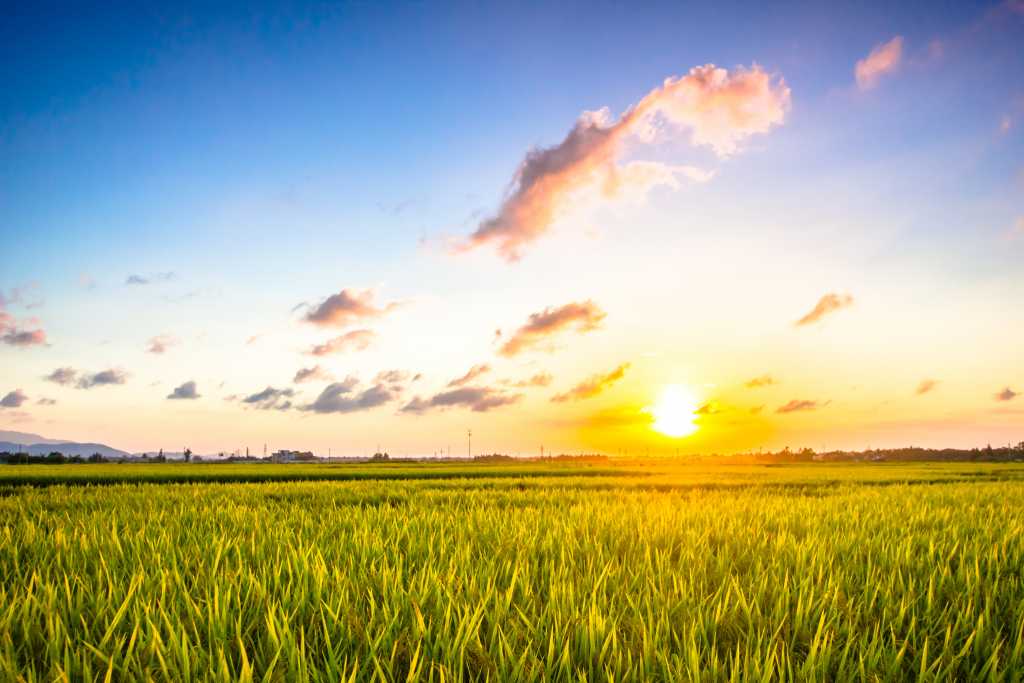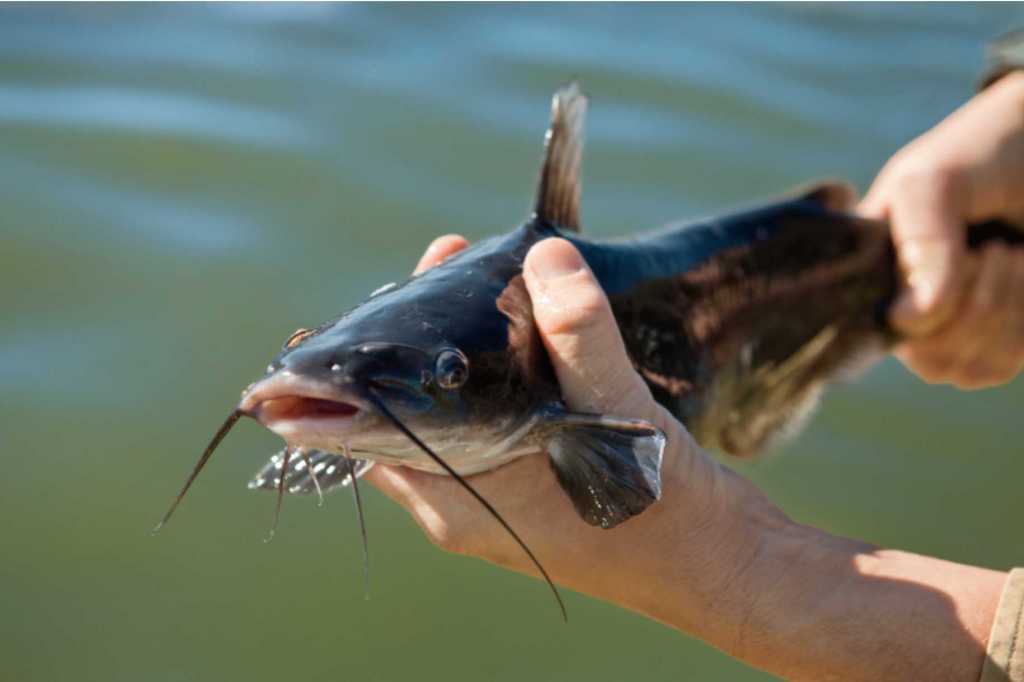An Interview with Bart van Olphen – Chef, Author, Owner of Fish Tales and Sea Tales, and an Ambassador for Sustainable Seafood in the Netherlands
Bart van Olphen is a seafood chef who is a passionate advocate for sustainable fishing. He has written several cookbooks, and is also an entrepreneur working to make the best sustainable seafood products accessible. He has been featured in the New York Times, the Washington Post, Food and Wine Magazine, and many more publications.
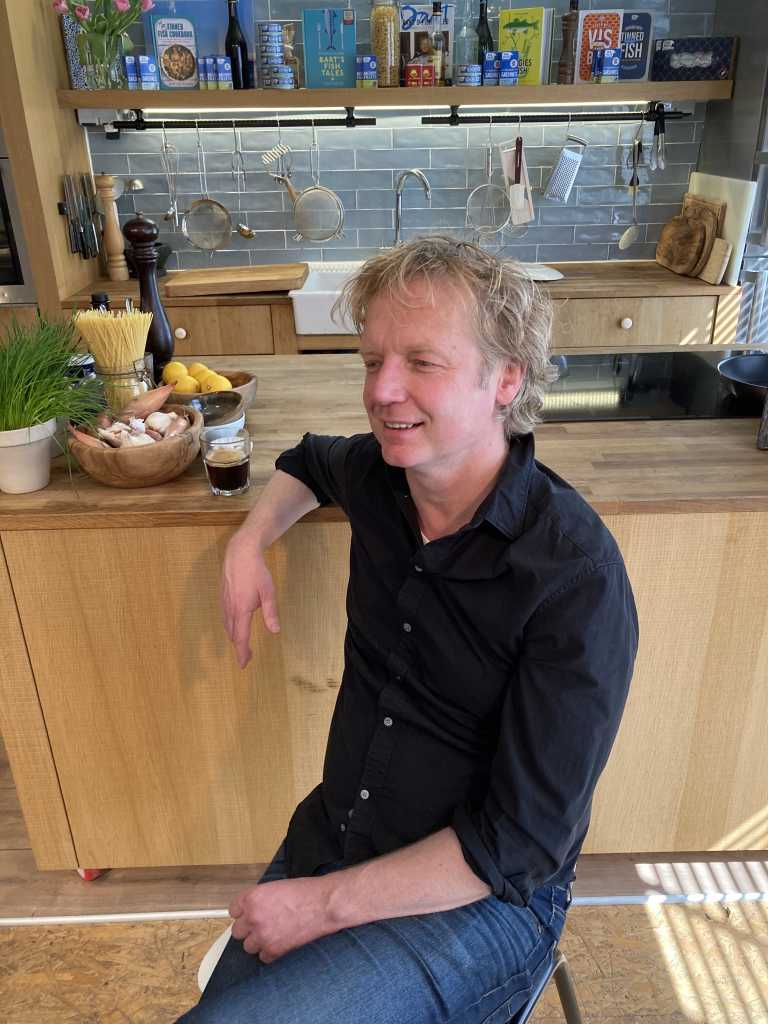
How did you get involved with U.S. seafood?
Bart: The first time that I traveled to the United States was in 2008 which was also the first time that I visited Alaska. At that time, I was writing a book, Fish Tales, about sustainable fisheries around the world. It was amazing to see all these fishing communities and what they were doing and how they were doing things differently from what I had been experiencing in, for example, Europe. After having met with Alaskan fishermen, and also having fished, cooked, and spent time with them, I came back to the Netherlands and thought, “Wow, this is amazing.” Alaska seafood, at that time, was not that popular yet in the Netherlands and I just kept thinking that this wild salmon from Alaska is something people in the Netherlands must taste. For me this was also the start of sharing this amazing story of Alaska fishermen and Alaska seafood and, at the same time, the start of doing business with them. I strongly felt the urge to give this industry a platform over here.
We understand you have fished alongside Alaska fisherman. What was that experience like?
Bart: As you might know, many Americans visit Alaska to fish, but I met with families that live year-round in Alaska, often in extremely remote areas. It was fascinating to have had the privilege to meet with the fishing community at the Yukon, which was literally a different world from what I had ever seen before. I was also able to see first-hand how important fishing is for these local communities — it is their way of life. Fishing is their source of income, but also their source of protein, especially for the families, for instance, in the Yukon as it is their source of food. Because of this dependance, it is so important and crucial that fish is being caught in a sustainable way. Do not forget that since 1959, when Alaska became a state, the constitution has mandated that fish be utilized, developed, and maintained in a sustainable manner.

What does sustainability mean to you and why do you source your salmon from Alaska?
Bart: Well sustainability for me means that we can enjoy something endlessly. I want to enjoy seafood now, but also in the future… providing seafood in a sustainable way is the only way for us but, more importantly, for future generations to still be able to enjoy seafood as well. We also need to realize that fish is among the few food items that we massively obtain in the wild. Production methods can easily be controlled, but catching fish is a different story. In Alaska, I have seen myself how well fish stocks are managed and how you can enjoy wild food in a sustainable way. I have seen the Alaska fisheries, the size of their boats, the way they fish, and the limited number of fish they catch. You instinctively feel that eating Alaska salmon is a good and a responsible choice.

Is sustainability the only reason why you prefer working with Alaskan salmon?
Bart: Before ever going to Alaska, I thought that the salmon that I had tasted over here was the taste of salmon, but it wasn’t until I traveled to Alaska that I finally got to enjoy the real taste of salmon — meaning pacific wild salmon. Also fascinating to me was to discover the different species of wild salmon, its texture, and its flavor. You can taste and see that this fish has lived for five years and that it needed to work and fight for its food — similar to wild animals on land — but it is also about how Alaskan fishermen treat fish. I saw with my own eyes how properly they catch, ice, cut, and freeze the fish — it is a very special product.
What is your favorite dish among the many recipes you have developed?
Bart: I get this question often and it is not an easy one to answer. It really depends on where I am. Eating seafood starts with a story. So, when I visit a fishing community, it is about the people in that community, their traditions, the heritage, how they catch, and how they prepare and eat fish. I think that when I am, for example, in Iceland, then that dish that I am preparing and eating there with the local fishing community is the best dish. Thinking about cooking methods, I have to admit that I am a big fan of cooking a whole fish in a salt crust because it will keep the real flavor and juices inside and you will therefore eat the fish in its most pure form.
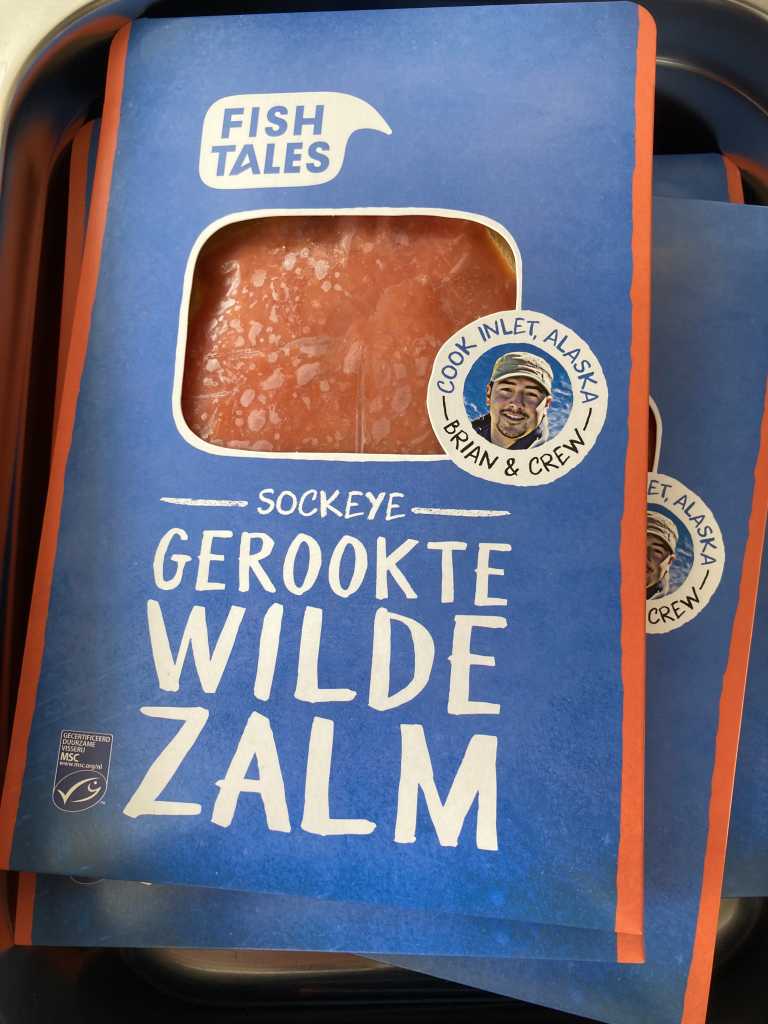
What do you think consumers should be considering when making their seafood purchasing decisions?
Bart: Quality and Sustainability! I am not saying you have to choose wild (although wild tastes better). In many cases aquaculture is also a solution for the future (if it is done right). Consumers should also think about the contribution to the local fishing community. I think that as much as possible revenues should go back to these communities. One option could be to encourage further processing of the fish locally.
Bart, what can we expect from you next?
Bart: From me? I am on this journey for about 20 years now and this mission is never ending as still most part of the ocean is being overfished. I think I am not going to retire until I can say I did everything to create more awareness that we all should consume seafood in a more sustainable way and also enjoy it!
NOTE: If interested, additional information about Bart van Olphen can be found on his Social Media channels Youtube, Instagram, and Facebook. Additionally, the Alaska Seafood Marketing Institute has a wealth of information about seafood industry in Alaska, its fishery products, its activities, and about sustainability, please visit https://www.alaskaseafood.org/.


